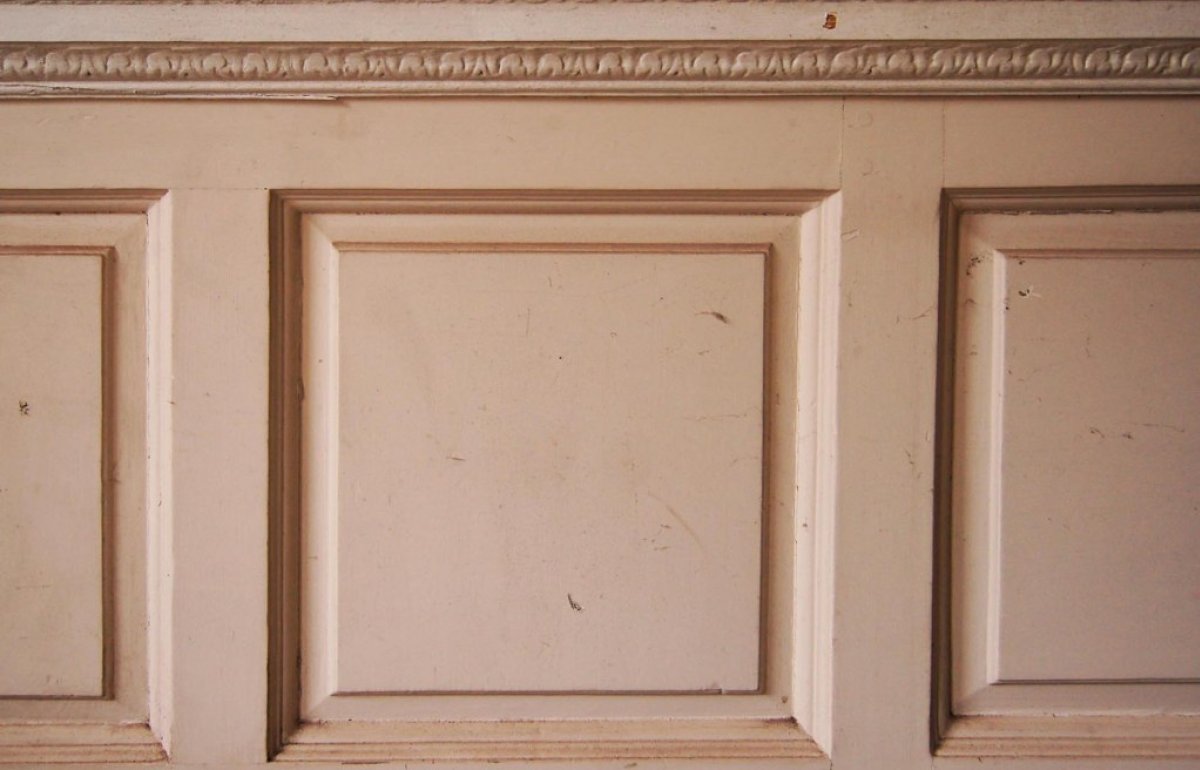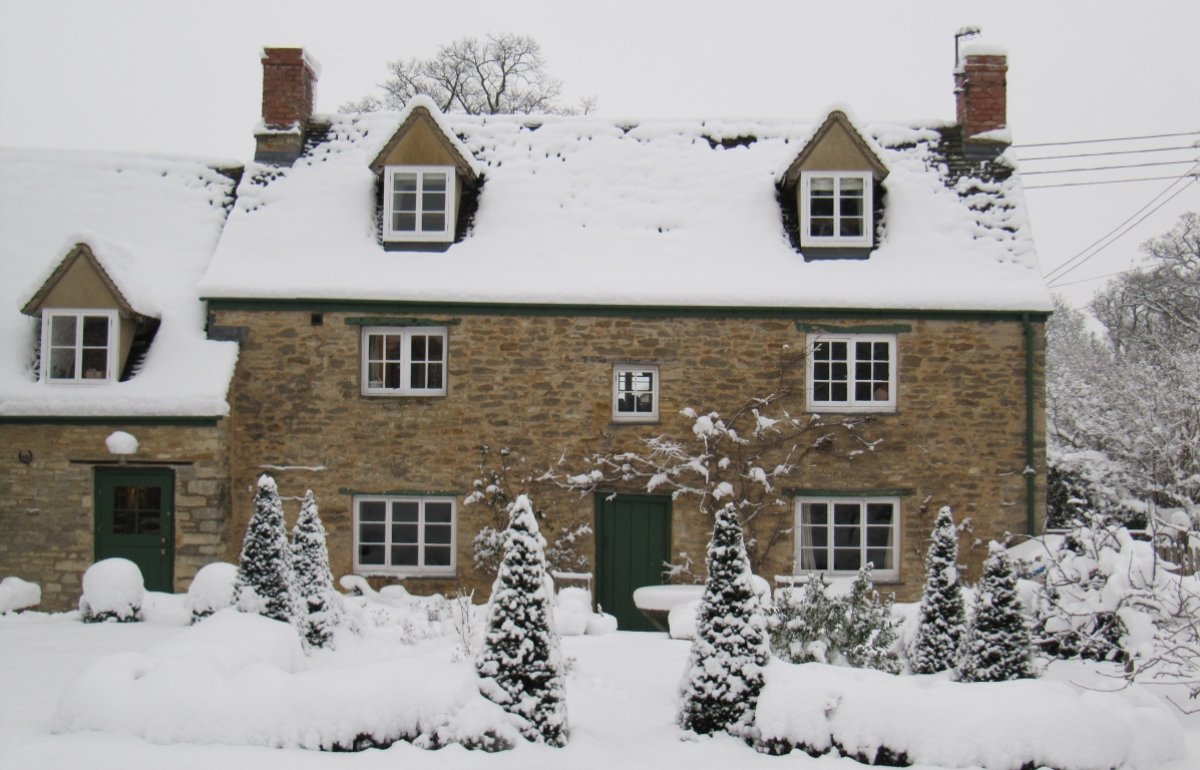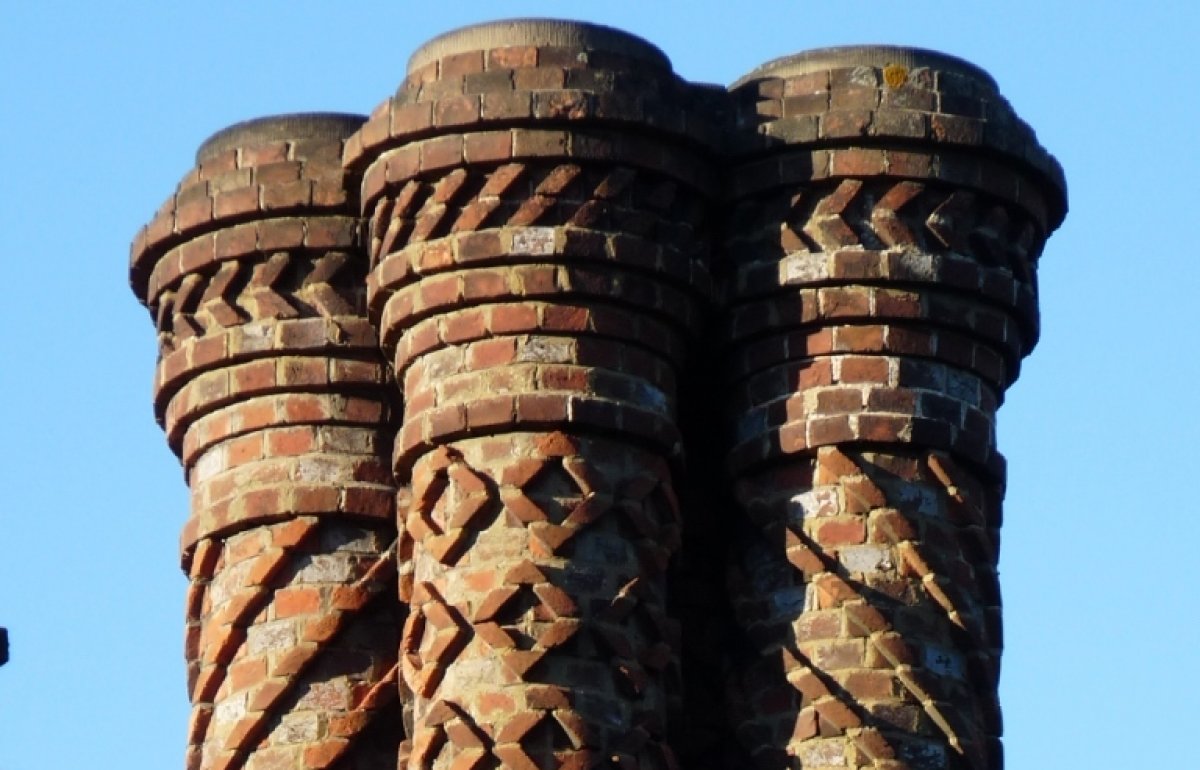Masonry bees
They’re small, furry and firmly part of traditional British fauna. The masonry bee is an opportunist loner with a taste for old walls.
What are masonry bees?
‘Masonry’ (or ‘mortar’) bees are one of those solitary types that do not nest in a colony but within individual holes in the ground and occasionally in walls in mortar joints, soft bricks and stones themselves, or cob. In Britain, there are nearly 20 species, the most common being Osmia rufa (the Red Mason Bee). Masonry bees favour sunny, south-facing elevations, as these enhance the germination of their eggs. Nests are established in spring or summer and contain six to 12 eggs, each in a cell provisioned with pollen and nectar and sealed, usually with mud. New adults emerge the following year to repeat the cycle. Masonry bees are honeybee-like in appearance. The female has a sting but will not use it unless squeezed between your fingers!
Do masonry bees seriously damage old buildings?
Not necessarily. A few holes will not cause significant decay to building fabric. Often, masonry bees are opportunist, utilising pre-existing crevices etc, such as old nail holes, irregular cavities in stone, beetle borings in timber, as well as spaces under roof tiles, behind ventilation grilles and even inside locks. However, though solitary, females seem attracted to sites with other females present, and some may also be able to burrow into soft material. They use their mandibles to excavate or enlarge holes, kicking out spoil behind them. The annual burrowing activities (especially of Colletes daviesanus) may create an extensive system of galleries. This can disrupt the bearing capacity of masonry, and tends to fill with water that expands on freezing and causes deterioration. Birds can also attack walls to get at the bee larvae.
Should I control masonry bees nesting in old walls?
Action will clearly be required where a dense aggregation of bees threatens the fabric of a building. The sight of numerous nesting holes and large numbers of bees milling around a wall are the most obvious signs that action is required but excavated mortar and small flakes of newly broken off pieces of brick or stone on the ground below is a further indication. Fortunately, though, mortar bees are not generally as building-unfriendly as frequently perceived and in many instances intervention will be unnecessary. These insects, like wildlife generally, may not only contribute to a building’s setting but are efficient pollinators.
How do I address masonry bee damage to old walls?
Affected mortar joints may be cleaned out to a depth of 15 mm and repointed, preferably in late summer or autumn. Because female masonry bees commonly reuse their natal nest sites, this will help break the cycle. New mortar should not be too strong for the bricks or stone but hard enough to discourage the bees. Galleries and burrows can be filled using a mortar gun with a wetter than usual mix to aid the flow. Exceptionally, with formerly rendered walls it may be appropriate to reinstate a protective lime render (for example, where stones themselves have been entered by bees). Limewash by itself seems an insufficient deterrent. In some cases, the temporary use of a fine netting over walls is practical: it should be used in the spring when bees are searching for nest sites.The provision of artificial nesting boxes on or near walls can help entice bees away from them and prevent recolonisation. These can be homemade from dried clay soil indented with holes or, alternatively, proprietary kits are available manufactured from environmentally-friendly materials.
Are chemicals effective against masonry bees in old walls?
Chemical treatment alone is not always effective in the long-term and may stain masonry. It is also ecologically undesirable, though there may be little alternative in rare cases where bees are nesting in actual bricks or stones. Water-based insecticide is also sometimes added to mortar mixes, particularly when repointing in the spring rather than late summer or autumn, and a risk exists of damage before the mortar hardens.
English Heritage (2011) Mortars, Plasters and Renders, Practical Building Conservation, Farnham: Ashgate Publishing Ltd



